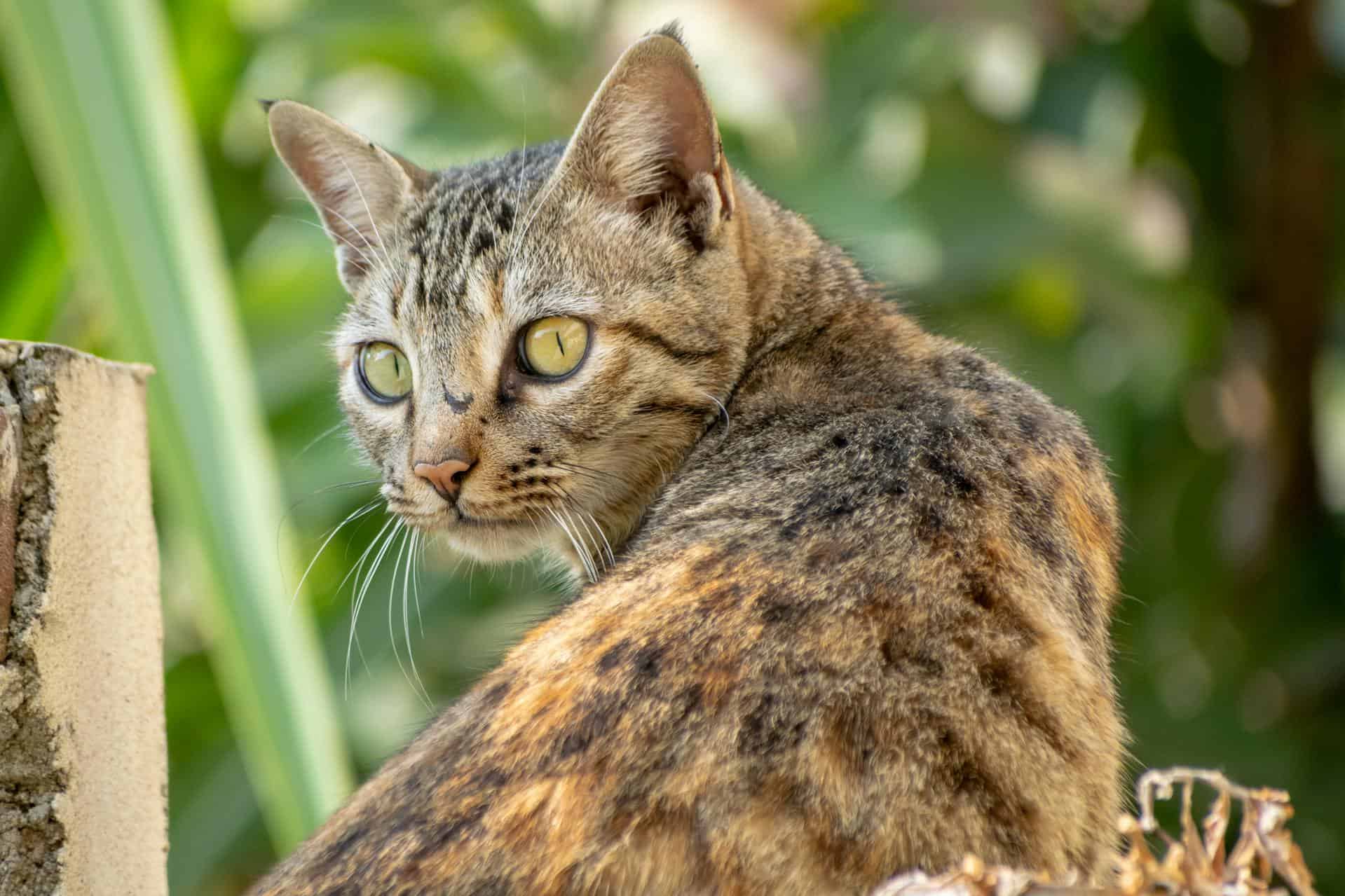
Pee Frequency: How Often Do Cats Go?
Understanding the frequency of urination in cats is crucial for monitoring their health and well-being. This article delves into the factors that influence how often cats pee, what is considered normal, and signs that may indicate health issues. By keeping an eye on your cat's urination habits, you can catch potential problems early and ensure your feline friend remains healthy.
Understanding Cat Urination Frequency
Factors Influencing Urination Frequency
Understanding how often cats pee can be influenced by several factors including their diet, water intake, environmental conditions, and underlying health issues. For instance, cats consuming a diet rich in moisture might urinate more frequently than those on dry food diets. Similarly, increased temperatures can lead to more frequent urination as cats consume more water to stay hydrated.
Normal Urination Patterns
A healthy adult cat typically urinates two to four times a day. However, this can vary widely depending on individual health and living conditions. It's crucial to recognize what is normal for your cat so that any significant changes can be detected early. Regular monitoring can help in maintaining their health, and products like Calming Herbal Essential Oil Blend and Calming Pet Spray can assist in keeping your cat relaxed, potentially preventing stress-related urinary issues.
When to Be Concerned
Changes in urination frequency, such as increased or decreased output, should prompt concern. Symptoms like straining to urinate, vocalization, or changes in the urine's color and smell can indicate underlying health problems. Prompt identification and seeking veterinary advice are crucial, particularly upon noticing any of these symptoms. Incorporating regular use of products like Calming Pet Spray can also aid in managing minor stress that might affect your cat's urination patterns.
Daily Urination Norms for Cats
Understanding the daily urination norms for your cat is crucial for maintaining their health and well-being. Here’s what you need to know:
Average Daily Frequency
Normally, a healthy adult cat will urinate between two to four times a day. It's essential to recognize your cat's normal frequency to detect any changes that might indicate health issues. Monitoring changes in urination habits can help you catch potential problems early.
Impact of Diet and Hydration
The amount of water your cat consumes directly affects their urination frequency. Cats on a dry food diet may urinate less frequently than those on a wet food diet due to the lower moisture content. Incorporating products like Calming Herbal Essential Oil Blend in their environment can help maintain a relaxed atmosphere, potentially influencing their hydration and urination habits.
Monitoring Changes in Urination Habits
Keep a close eye on how often your cat uses the litter box. A significant increase or decrease in urination frequency can be a sign of health issues. Using products like Calming Pet Spray can help create a stress-free environment, encouraging regular urination patterns. If you notice any abrupt changes, consult a veterinarian immediately.
Related: Basic Care Tips to Keep Your Cat Healthy
Health Implications of Urination Frequency
Signs of Potential Health Issues
Understanding the signs of potential health issues in your cat can be crucial for early detection and treatment. Increased or decreased urination can be a red flag. For instance, frequent urination might indicate conditions like diabetes or kidney disease, while decreased urination could suggest a urethral blockage, which is particularly dangerous and can become life-threatening within hours.
How Urination Patterns Can Indicate Illness
The pattern of your cat's urination can tell you a lot about their health. Changes in frequency, urgency, or location (such as urinating outside the litter box) can be signs of bladder infections, cystitis, or even behavioral issues. Monitoring these patterns closely can help you catch these issues early.
Related: Feline Discomfort: How to Tell if Your Cat Is in Pain
The Importance of Regular Monitoring
Regular monitoring of your cat’s urination habits is essential. If you notice any sudden changes, it's important to consult with a veterinarian. Additionally, using products like Calming Herbal Essential Oil Blend and Calming Pet Spray can help manage stress-related urination issues in cats. Establishing a routine for monitoring can aid in maintaining your cat's health and well-being.
Practical Tips for Monitoring Cat Urination
Setting Up a Routine
To effectively monitor your cat's urination habits, establish a consistent routine. Start by choosing a litter that makes it easier to observe changes in urine color and volume. Regularly scooping and inspecting the litter can help you notice any deviations from the norm. Incorporating products like Calming Herbal Essential Oil Blend in the environment can keep your cat relaxed, potentially normalizing their urination patterns.
Observing Changes and What They Mean
Keep a close eye on any changes in your cat's urination habits. Changes in frequency, color, or smell can be early indicators of health issues. For instance, darker urine or increased frequency can signal dehydration or a urinary tract infection. Using Calming Pet Spray may help soothe your cat, making it easier to monitor their natural habits without stress.
Consulting a Veterinarian
Should you observe any worrisome symptoms, like those linked to urinary blockages, it's imperative to promptly seek guidance from your veterinarian. Early detection and treatment are crucial for preventing more severe health issues. Regular vet visits and discussing your observations can help keep your cat healthy and ensure any problems are addressed promptly.
Keeping track of your cat's urination habits is vital for their well-being. At Gou Gou Pets, we recognize the significance of comprehensive pet healthcare. Our Zen & Wellness Care line is crafted to promote your cat's health using natural methods. Explore our products and benefit from exclusive deals such as complimentary shipping for orders exceeding $49. Join us in enhancing your cat's well-being and fostering a happier, healthier life!
Monitoring Your Cat's Health through Frequency and Volume
Understanding the frequency and volume of your cat's urination is crucial for monitoring their health. Typically, a healthy adult cat will urinate two to four times a day, but variations can occur based on factors like water intake, diet, and environmental conditions. It's important to know your cat's normal patterns so you can detect any changes that might indicate health issues. Regularly observing your cat's litter box habits can provide early signs of conditions like kidney disease, diabetes, or urinary tract infections. Always consult your veterinarian if you notice any sudden changes in frequency or volume of urine, as early detection and treatment can make a significant difference in your cat's health.
Share
